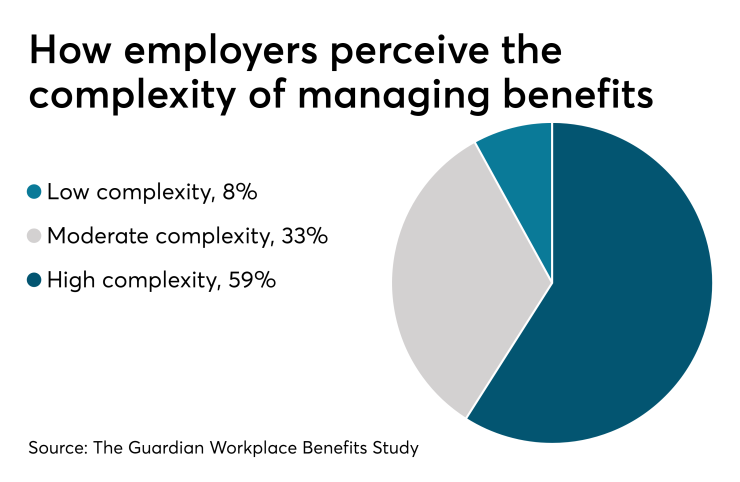Your clients see you as so much more than their insurance broker. They view you as a trusted adviser looking out for their best interests. Naturally, one of their highest priorities is watching their bottom line — and that’s where by connecting your effort to address the rising cost of healthcare, you can truly show your value.
There are a variety of ways a benefits adviser can help clients reduce costs, including assisting with cost analyses and providing education and resources to support cost-saving programs. The following insights and initiatives can help your clients manage costs and solidify your place as an indispensable partner.
1. Cost analysis and benchmarking. Perhaps one of the most obvious, yet effective, cost-containment practices is performing regular cost analyses on employee benefit plans. Taking it one step further, benchmarking — or learning how other companies are structuring their benefits plans — can be rolled into the cost analysis process as well. To ensure your client is providing a package that is both competitive and economical, they need to know how their offerings compare to those of other employers in their industry.
Providing insight as to how other employers are configuring their plans and the strategies they are using to cut costs may make your clients’ benefit plan decisions easier. For example, showing your clients how others have lowered costs through the implementation of a specialized prescription drug formulary and cost sharing plan. Such analysis also can help clients identify gaps in their benefits package so they can make adjustments to be more competitive when it comes to recruiting and retaining top talent.

2. Claims analysis. Using claims analysis, brokers can help clients analyze their company’s health claims for the previous year to see where employees are spending more money or utilizing care above national norms. Once cost drivers are identified, employers can make changes and provide educational resources to influence employee wellness and spending habits.
For example, if an above average number of your client’s employees are taking prescription drugs to treat chronic conditions, you can work with your clients to improve employee health, such as through the implementation of a disease management program.
3. Self-funding consideration. While not a fit for every business, self-insured or self-funded insurance programs can equate to huge savings for the right company. Increasing in popularity, a self-insured health plan is a funding arrangement in which the employer assumes direct financial responsibility for the costs of enrollees’ medical claims. Rather than paying fixed premiums to an insurance company — which, in turn, assumes the financial risk of paying claims—the employer pays for medical claims out-of-pocket as they are incurred.
Self-insured plans can mean cost savings because it gives the employer more flexibility over their plan design and policy coverage terms. Not only does it provide greater visibility into the underlying drivers of claims cost, but it also puts the employer in the driver’s seat to control them.
As a benefits expert, you can help your clients evaluate whether or not self-funding might be a good option for them.
Some considerations to keep in mind include eligibility, employee health, benefit coverage, exclusions, cost sharing, policy limits and retiree benefits. Your clients should also carefully weigh the self-insured plan advantages of flexibility and lower average cost versus the increased risk and administrative responsibilities.
As a benefits adviser today, you have the opportunity to help your clients make better informed decisions than ever before. Through leveraging your clients’ unique claims information, analyzing industry data, and staying informed on the latest benefits trends, you can help ensure a long-lasting relationship with them for years to come.





